Facts about Dachau Concentration Camp Memorial Site
Dachau - Bavaria - Germany
Path of Remembrance - 1933 to 1945
!! Warning !!
This post contains graphic photos and content that could upset sensitive readers
Dachau Concentration Camp - a historic tragedy
The caption on the gate ‘ARBEIT MACHT FREI’ was an ironic barren promise that suggested work would offer freedom.
The name Dachau tugged at my memory. I learnt about it in my youth at school. Over time because I was untouched by it I’d hidden it in a deep crevice in my mind. I remembered parts of the great tragedy but not enough.
Stepping through the gates some of those words in the history book leapt to the surface.
The memorial site devoid of any beauty, rightly so, has a turbulent cloud of angst hanging over it.
Jourhaus
Our reflective experience at Dachau
After entering the gate, we first watched a graphic movie of disturbing images. It is optional and lasts about 20 minutes. It sets the mood for the visit to the memorial site.
“There is a shift in the usual noise around the people of Dachau as they go about their daily tasks. At first they barely hear it, but it stops them in their tracks.
Heads lift. Watching. Waiting.
The noise grows louder.
A tragic tide of gloomy prisoners ooze down the street, painting the roads with sorrow.
The bystanders watch the inmates shuffle in constricted shoes or ragged uniforms. They don’t hear their stomachs growl from hunger, but they can see their emaciated bodies.
They don’t hear them complain or moan of pain.
For the prisoners it is futile.
The observers have their own fear. Their lives disrupted by bombs; some of their houses destroyed; some of their own family gone, forever.
From the crowd of spectators a hand reaches out.
A piece of bread at the end of the limb.
It catches the eye of a prisoner on the edge. His stomach dares to look. He dares to touch. But he is noticed.
A guard shouts a command.
In pursuit, lashes out brutally with a cane. ”
Although entrance into Dachau is free we chose a guided tour for a small fee. Our tour guide, passionate about her subject, weaved a dramatic narrative of emotional snippets of history.
Words that were originally painted on roof of the maintenance building was a constant reminder to the prisoners:
There is a path to freedom. Its milestones are:
Obedience, Honesty, Cleanliness, Sobriety, Hard work, Discipline, Sacrifice, Truthfulness,
Love they Fatherland.
Not bad principles to have but paradoxical propaganda that played down the role of Dachau. Forced labour was the crucial element of Nazi terror.
Dachau concentration camp
About 16 kilometres northwest of Munich lies the medieval town of Dachau. Northeast of the town, an unused gunpowder and munitions factory to the side of the main barracks was initially used as the concentration camp. Later using prison labour, a large compound was built to hold 6 000 prisoners. It was officially completed in mid-August 1938.
Foundations of some of the razed barracks
Only two of the 32 barracks were reconstructed for the memorial site. The foundations of the razed buildings serve as a bleak but necessary reminder of the atrocities of Nazi regime.
The Dachau camp system expanded and included nearly 100 sub-camps. Arbeitskommandos or work camps were located throughout southern Germany and Austria.
The prison camp was heavily guarded to prevent prisoners from escaping. The Jourhaus entrance is 3 metres wide surrounded by walls. Guards often tossed the prisoner’s caps into the confined space. The guards in their towers would open fire at the prisoners as they tried to retrieve their caps. There was no means of escape.
West wing of Maintenance building, roll call area and Jourhaus
Prisoners continuously arrived at Dachau from evacuated camps. Worn down, at death’s door after days of travel with little or no food or water.
One of those occasions stand out horrifically. On 19 April 1945 about 4 500 were on a freight train from Buchenwald. The train was diverted to Nammering. Residents tried to give food and water to the prisoners but the police and SS troops confiscated it. 524 prisoners were then forced to carry 300 dead bodies from the train to a ravine that became a mass grave. They were shot afterwards by the guards and buried with the others.
The train then continued to KZ Dachau.
Lockers
Apparently one of the most sacred things for a prisoner was his food bowl. If they didn’t have one, they didn’t get any of the meagre pickings. On one such occasion a newly arrived prisoner was just in time for a meal, so he rushed to collect it only to be turned away because he didn’t have his bowl.
Bunk beds in the early years
After a few years they had to make more room for the prisoners to sleep
A communal bed with no divisions to accommodate more prisoners
Facts about Dachau and the Nazi regime:
Dachau was the first concentration camp for political prisoners to supposedly restore calm to Germany.
Nazis distinguished between extermination and concentration camp. Dachau was a concentration camp - a labour, prison or transit camp - whereas an extermination camp is exactly what it says.
Dachau functioned as a prototype for other German concentration camps that followed.
It was in operation for almost all twelve years of Nazi regime, from March 1933 to April 1945.
A medical school for the SS as well as a leader school of economic and civil service was housed at the Dachau compound.
There were no extermination camps in Germany. People were deported to various transit cities and then to extermination camps in countries such as Poland and Austria.
The Dachau administration recorded the intake of 206 206 prisoners.
At first prisoners were mainly German nationals with opposing political views. Thereafter more than 10 000 Jews were incarcerated in Dachau alone. Eventually the camp was used for prisoners from all nations occupied by the Third Reich, including Catholic priests and homosexuals.
New arrivals went to the west wing of the maintenance building. In the Schubraum, directly translated as a shunting or shoving room, they were registered. Their humiliating process was to strip off all their clothing, money, rings and watches. They then had their heads shaved and were disinfected and forced to shower. Having to pick their prison clothing from a pile, they often ended up with odd pairs of shoes and mismatched ill-fitting clothes and then sent to the barracks.
Prisoners continuously lived in fear. They were subjected to floggings, held in terror detention and forced to stand for lengthy periods inside standing cells or hung on poles inside the bathing room from wooden beams. Hands chained together behind their backs with the chain on a hook, the prisoners were commanded to stand on a footstool. One of the SS would kick away the stool. If the prisoner survived his wrists and shoulders often were injured extensively.
32 000 deaths were documented at the camp. Thousands were undocumented. Between 1933 and 1939 there were only 558 deaths.
Some of the reasons for death at Dachau were disease, malnutrition, starvation, suicide, poor sanitation and overcrowding.
Torturous medical experiments conducted at Dachau caused the suffering and death of numerous prisoners. They were tied down in freezing temperatures outdoors, naked or submerged in vats of icy water then afterwards subjected to scalding baths to try to revive them. Naked women were forced to copulate with unconscious victims.
Evacuation marches to and from the camp caused the deaths of numerous unrecorded prisoners.
Two crematoriums were constructed to dispose of the deceased. Eventually they couldn’t cope and built more.
In August 1944 a women's camp opened inside Dachau when a shipment of women was sent from Auschwitz-Birkenau. Not much else is said about the women.
When the SS became aware that Germany was about to be defeated in World War II, in April 1945 they focused on destroying incriminating evidence of the crimes it committed in the concentration camps.
U.S. forces liberated the camps on 29 April 1945 and was finally closed in 1960.
Dachau was the third concentration camp to be liberated by British or American Allied forces.
Dachau held SS soldiers awaiting trial in post war years and was also used as a United States military base during occupation.
Approximately 10,000 of the 30,000 prisoners were sick at the time of liberation.
Dachau is not just a museum; it is a mausoleum.
I could carry on with more heart-breaking stories but I think I’ve said more than enough.
Click here for the historical timeline of Dachau and German Reich
Original crematorium
Newer crematorium
Into the gas chambers
Gas chamber
Building of the larger crematorium
Identity patches for prisoners
Dachau Visitors Information
General information:
It is not recommended for children under 12 to visit the memorial site.
Only guide or assistance dogs are permitted.
Opening hours or admission:
9 am to 5 pm every day of the year except 24th December.
Admission into the memorial site is free.
Allow about three hours for a visit. In fact, one might even need longer to see everything, but then I would break it up over a period of a couple of days.
A guided tour costs € 3.50 and can be purchased at the visitor’s centre. The tour guides are passionate about the history and is worth every cent you pay for it. The minimum age recommended for the tour is 13.
Tours are in English (11 am and 1 pm) and German (12 noon) and last approximately 2.5 hours.
There are audio guides in a variety of languages available at the visitors centre for a fee. It is necessary to reserve them.
The documentary film is screened in German, English, French and Italian at different times.
Click here for relevant and up to date information for the Dachau Concentration Camp Memorial Site.
I would recommend booking a fully guided Small-Group Dachau Memorial tour that includes transportation from Munich.
Jewish Memorial 1967
How to get to Dachau:
The S2 from Munich travels in the direction of Petershausen/Dachau/Altomunster.
The RB travels in the direction of Ingolstadt/Nuremberg – Dachau Bahnhof.
From Dachau Bahnhof – station – take the 726 bus in the direction of Saubachsiedlung – KZ-Gedenkstätte Dachau (Dachau Concentration Camp Memorial Site)
For up to date information about transport click MVV Muenchen
Guard tower behind razed barracks foundations
Visitors Parking:
Parking is open throughout the year and subject to charges at certain times.
Car or motorcycle: € 3.00
Bush or campervan: € 5.00
Path of Remembrance
There is a Path of Remembrance from Dachau railway station to the Memorial Site which is approximately 3 kilometres. You can walk in the footsteps of the prisoners and there are twelve information panels about the town of Dachau and its connection with the concentration camp. The walk can take you approximately 45 minutes.
Where is Dachau?
Map
Filming and photographing:
Photos and videos may not be taken with a stand or tripod and may not be used for commercial use.
In my opinion I would say it is not a place for selfies. Out of respect for the people who suffered, their families and the site, try to be unobtrusive while filming or photographing.
The use of drones is prohibited.
Should you visit the Dachau Concentration Camp Memorial Site?
A resounding yes, if you can stomach it. It is a necessary but sombre reminder of a horrendous part of history that should NEVER AGAIN be repeated.
Follow me on social media:
I have left this post free of advertisements out of respect for those affected by the Nazi regime. However, if you would like to browse at any of my affiliate links, please visit my SHOP page.
Step by step instructions on how to leave a comment on my blog:
Type in your comment in the comment box.
Click ‘Post Comment’
Briefly a message should appear saying you are not logged in, then a box with ‘Post a Comment’ will appear for you to complete with your name, email address and website URL (if you have one).
Fill in your first name and email address in the appropriate section. (Your email will not be made public and will not be used for any other purpose than for you to get a notification of a reply to your comment.)
Click ‘Comment as Guest’ and you’re good to go!
To subscribe to my blogs, please fill out the SUBSCRIBE form.
Thank you.
I know it is quite a process, but it helps keep our websites secure. Your email address will not be shared or displayed.
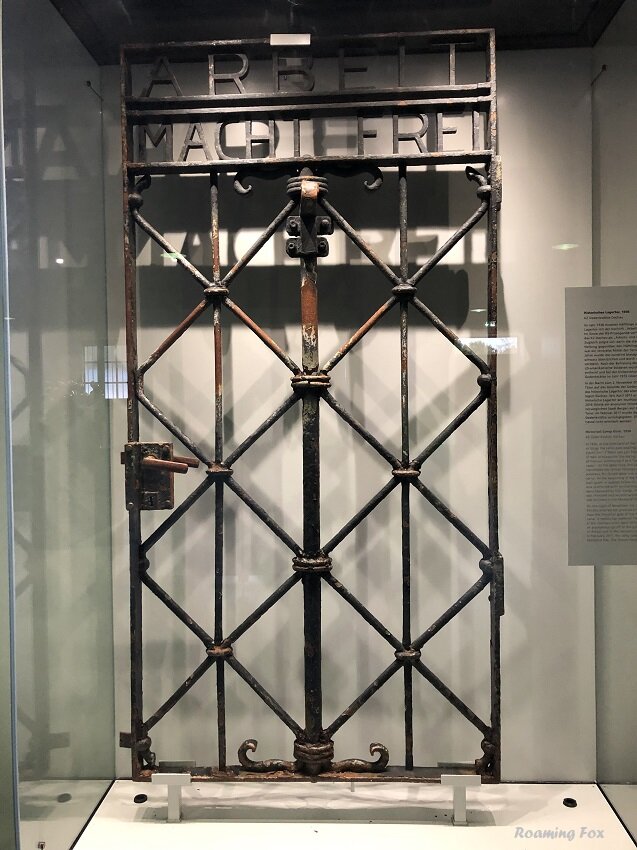
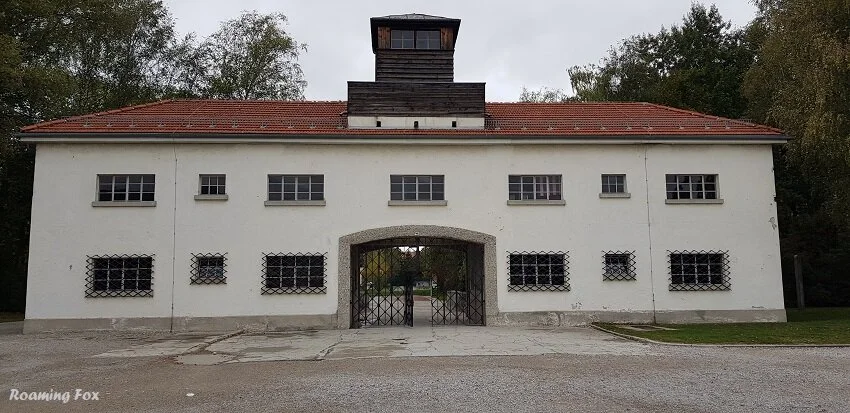
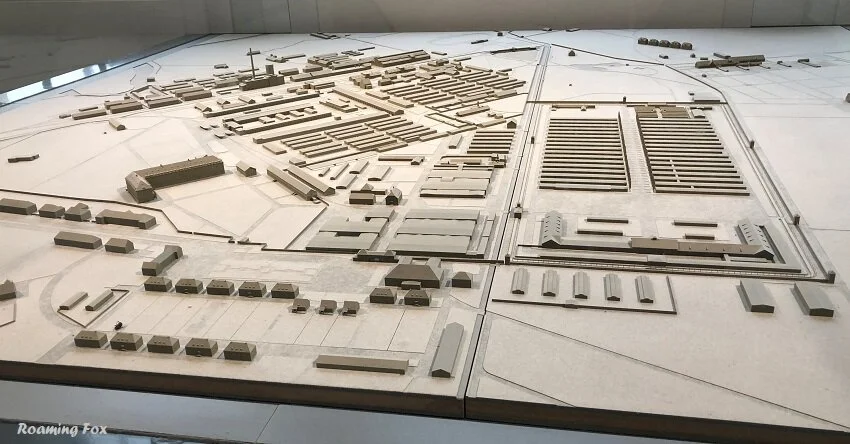
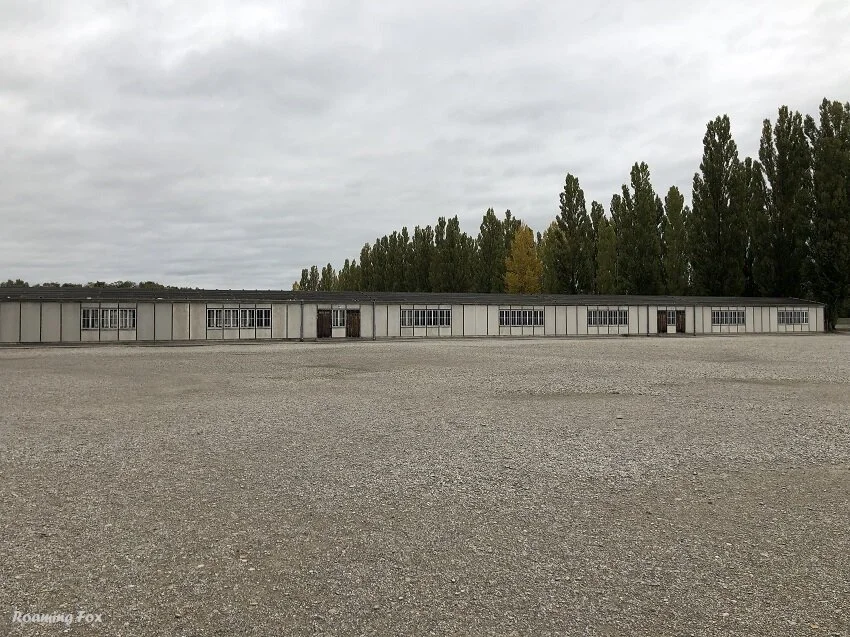

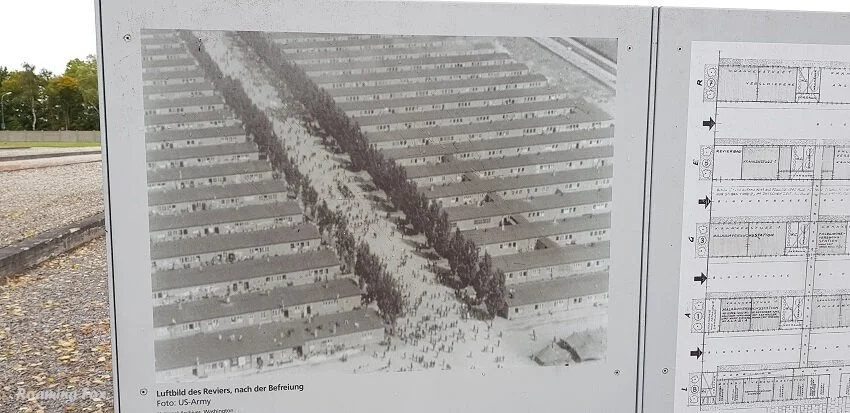
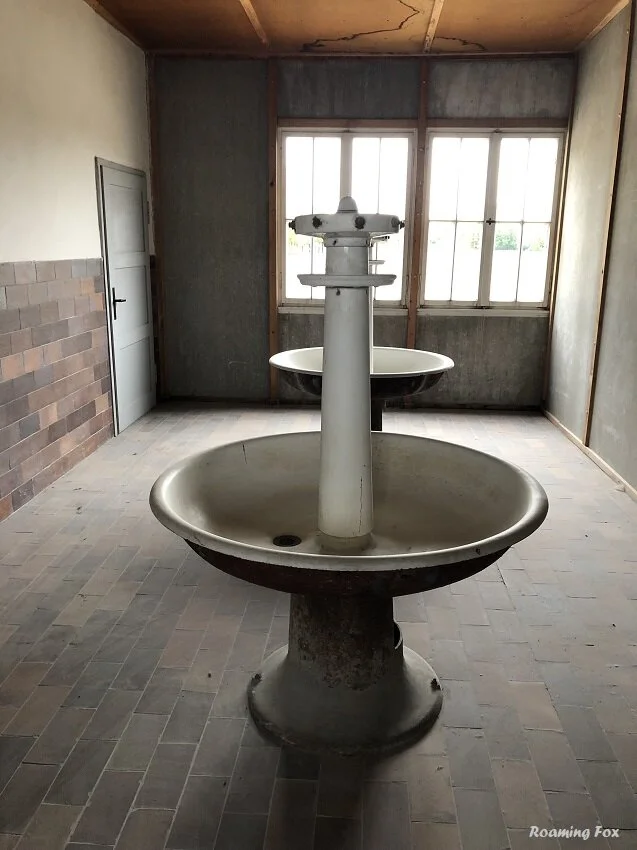

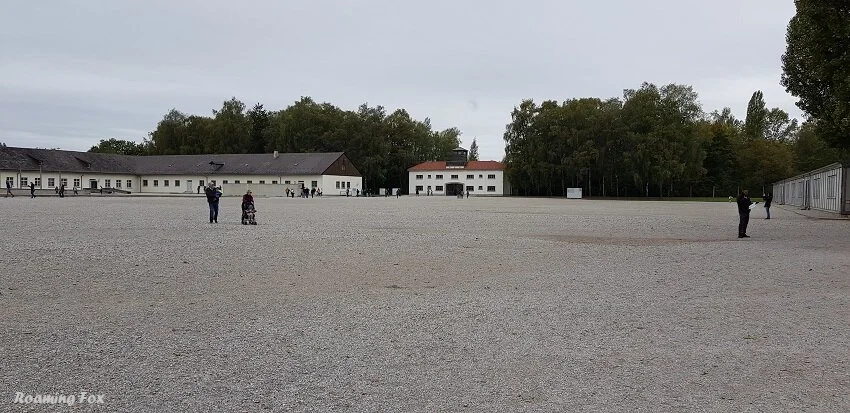

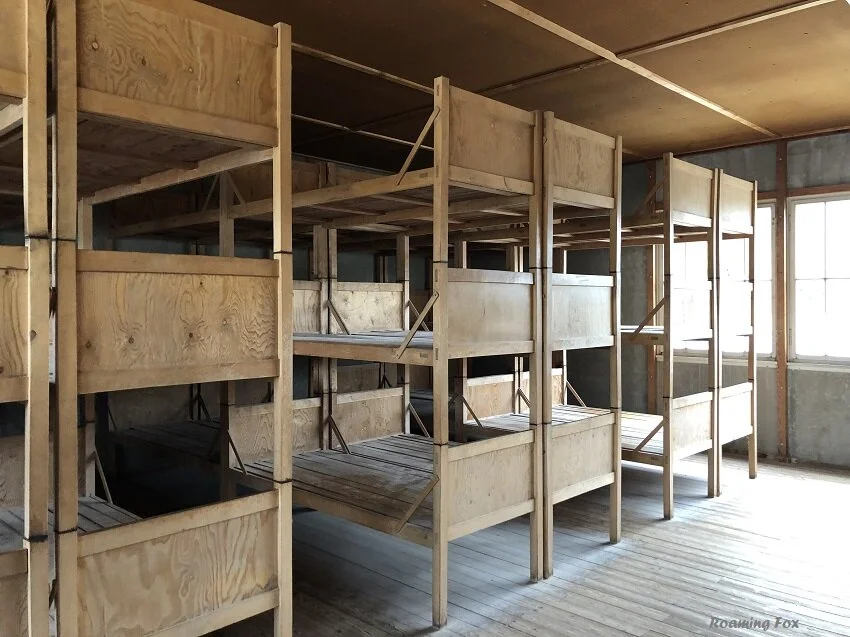
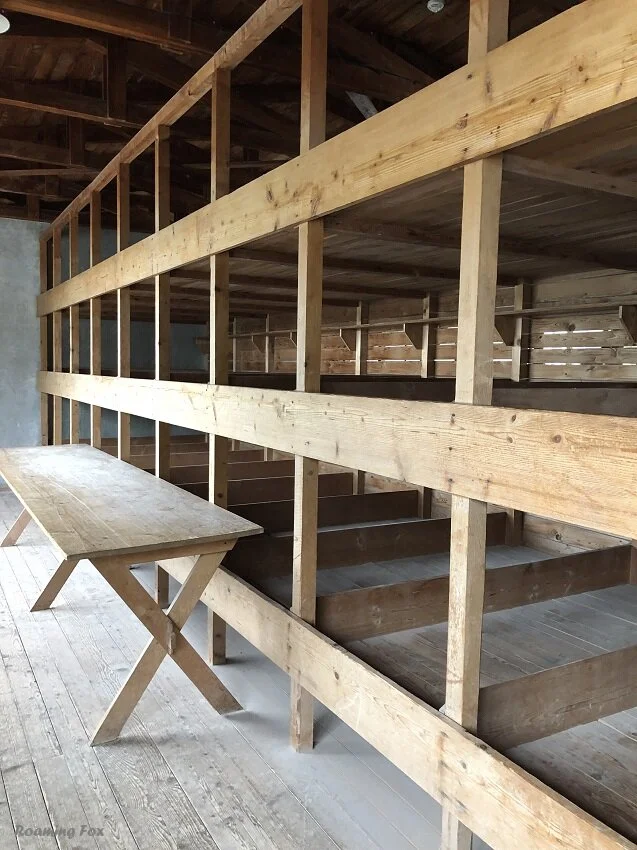
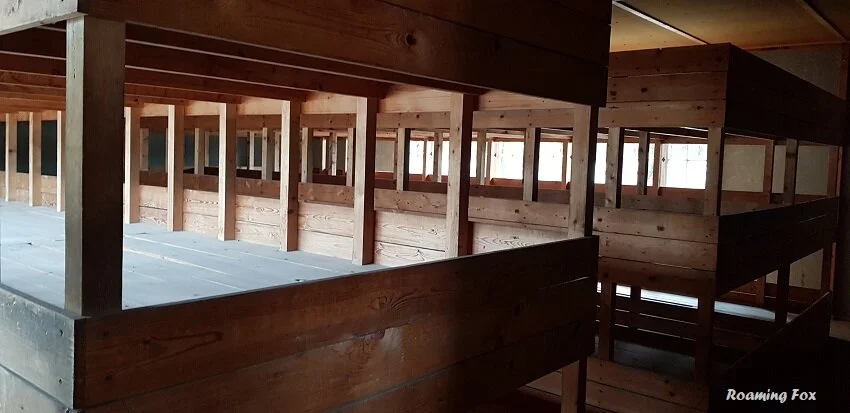
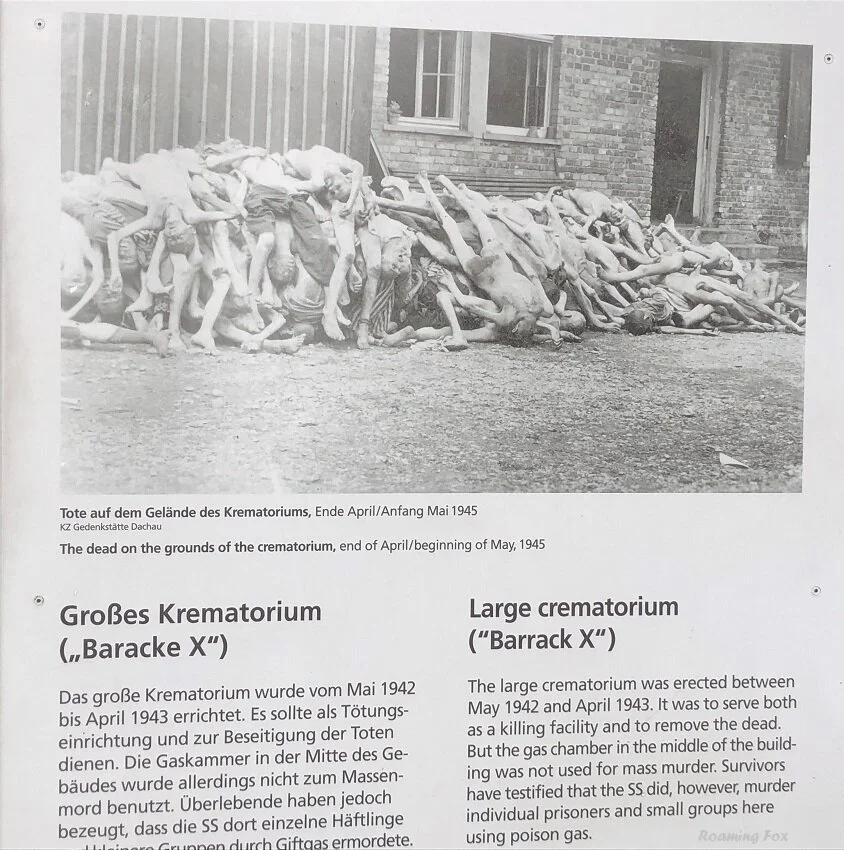

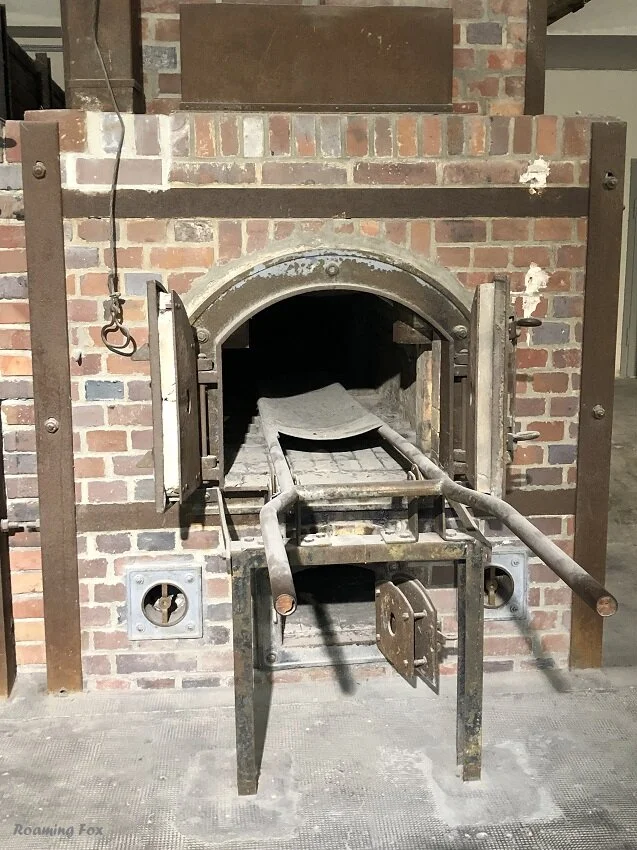
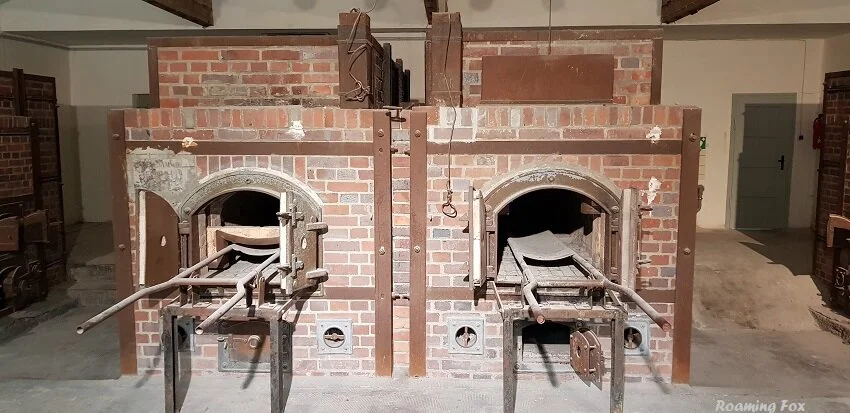

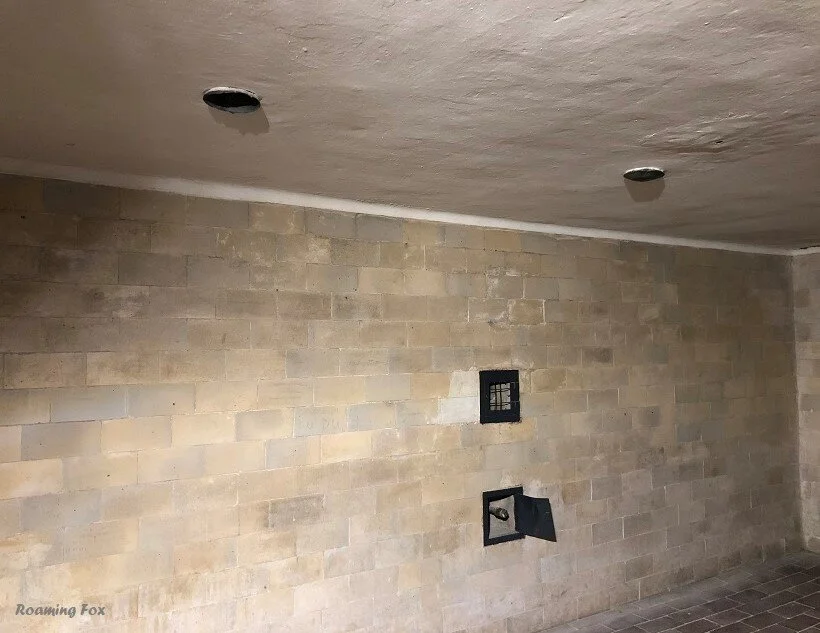
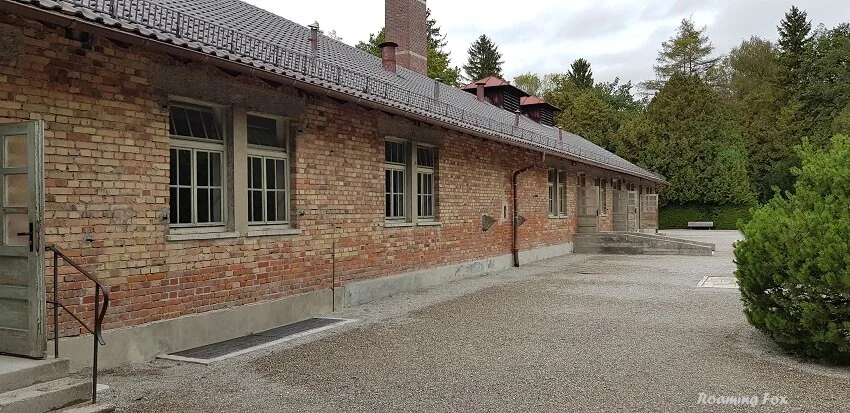
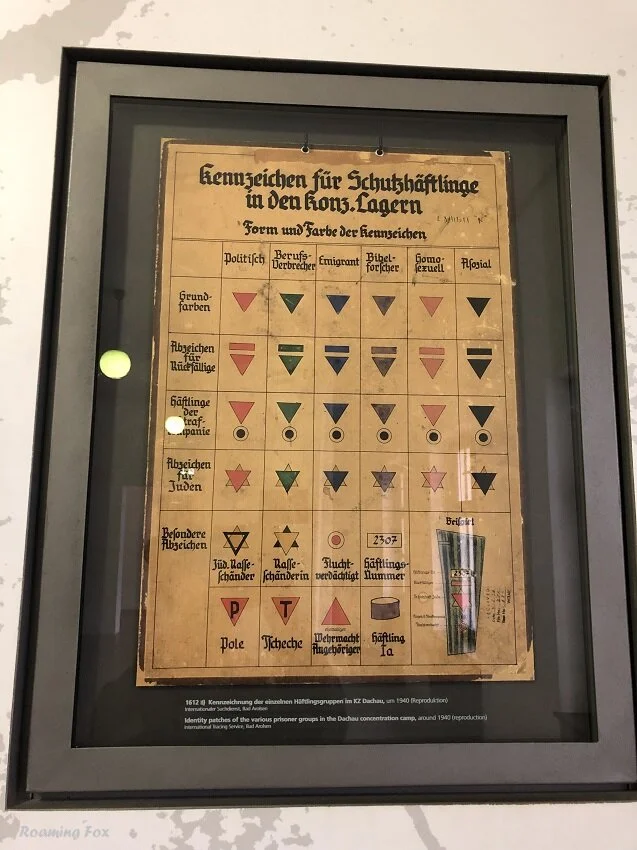
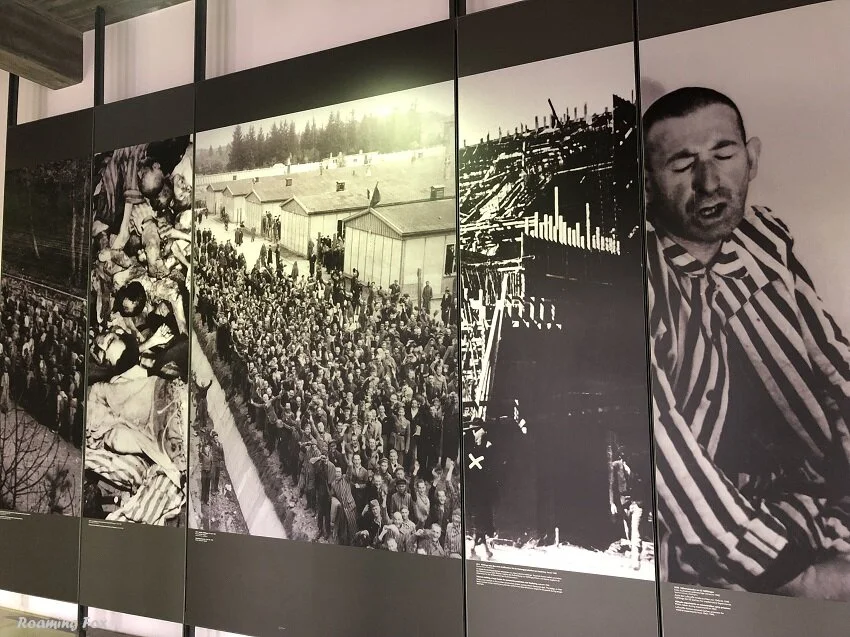
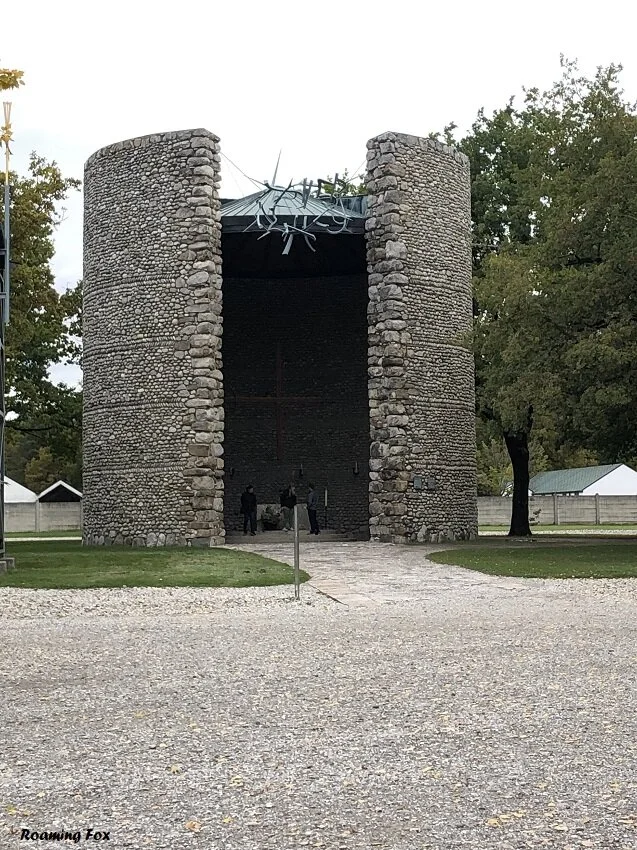
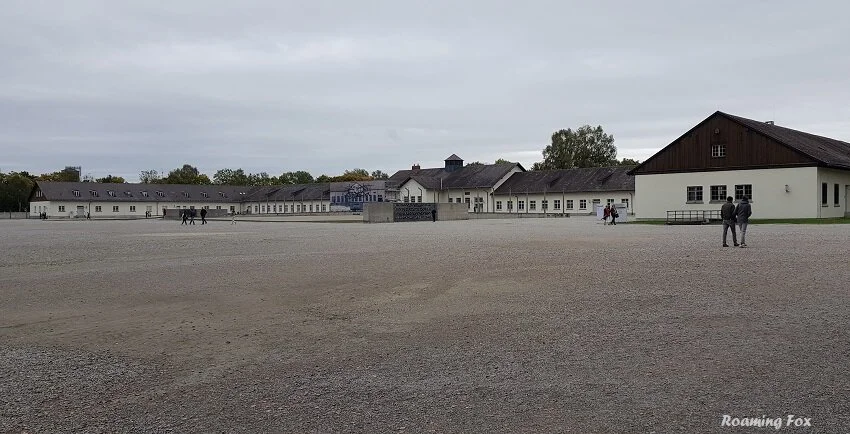


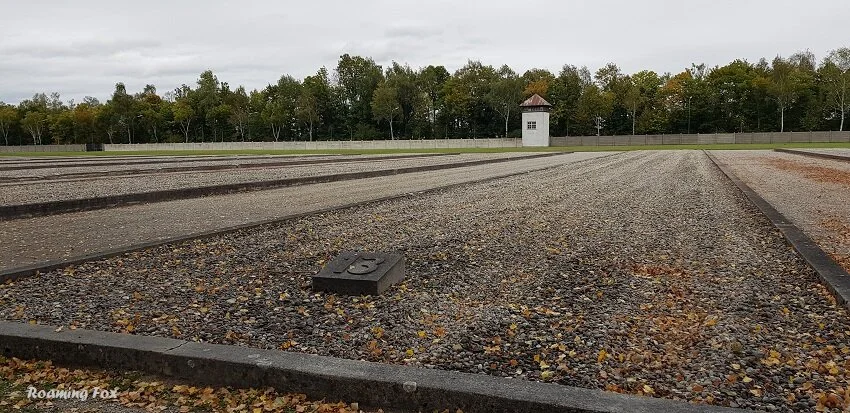

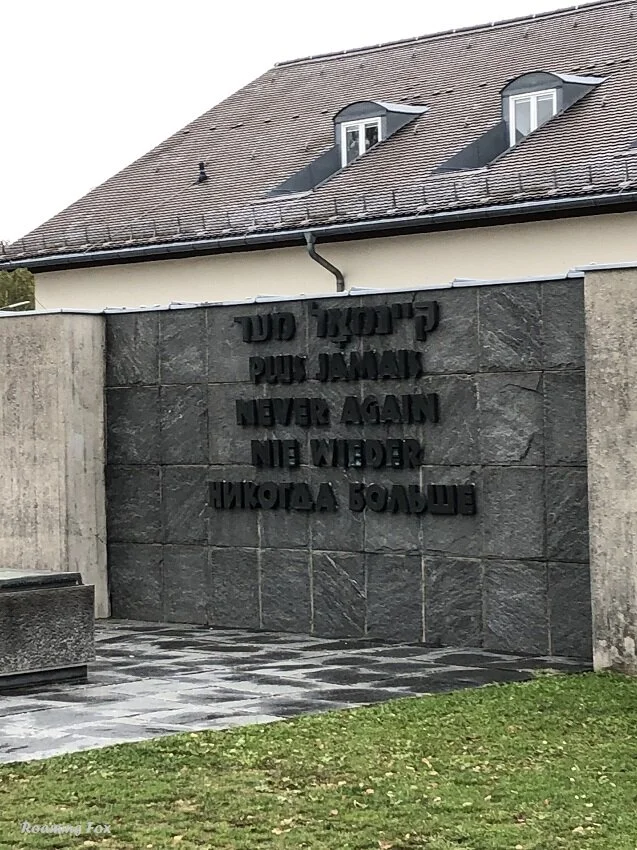

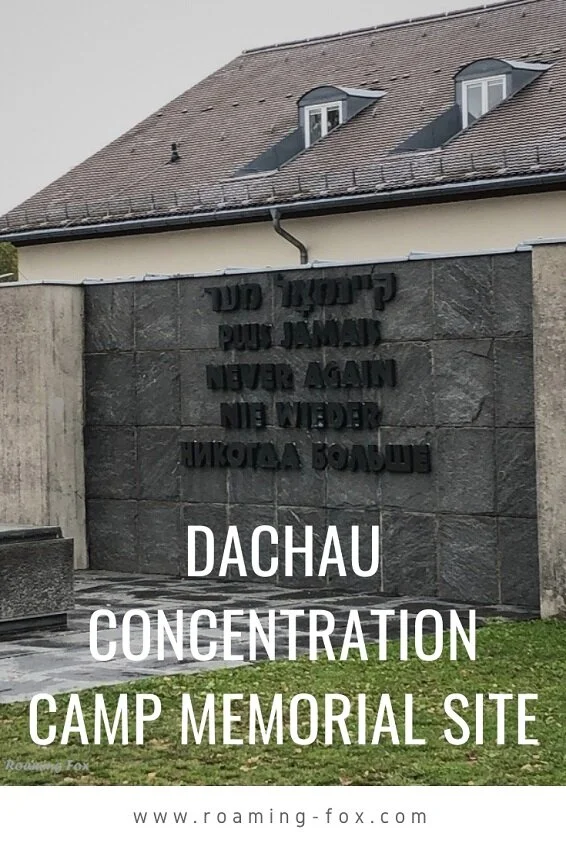








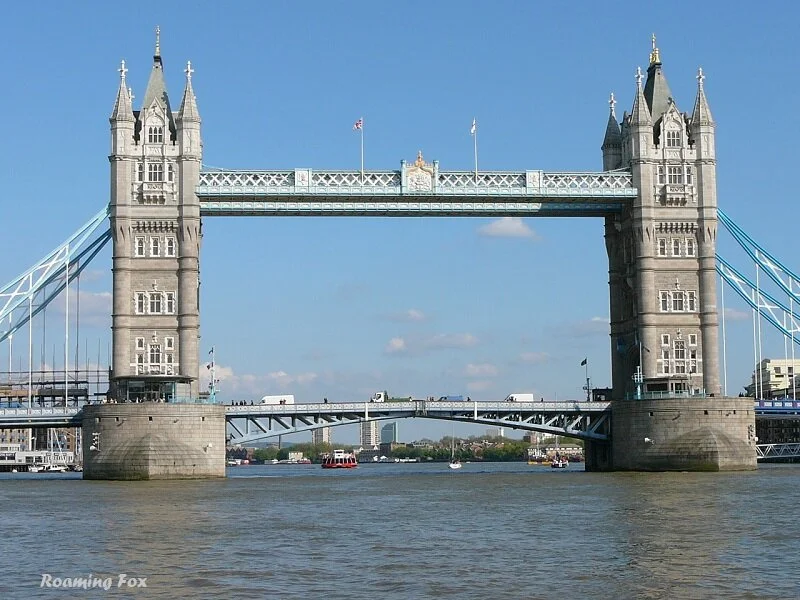

Looking for travel inspiration when you visit the land down under? Or are you wanting an insight into some of the Australian culture? Think of Australia and you think of beaches, barbies and beers, right? A relaxed lifestyle thrown in with no worries. There’s that but there is more.